Palmer amaranth emergence is very rapid now. This is about a month early for Palmer emergence to be at this pace in Tennessee. With the spread of dicamba resistance in our Palmer amaranth population Liberty is our last best hope to control dicamba-resistant pigweed escapes in cotton and soybean. This is just a quick reminder that the time of day that Liberty is applied has a large determination on the success or failure of that application. Continue reading
Category Archives: Weeds
Think Twice Before Cutting PRE-Applied Herbicides
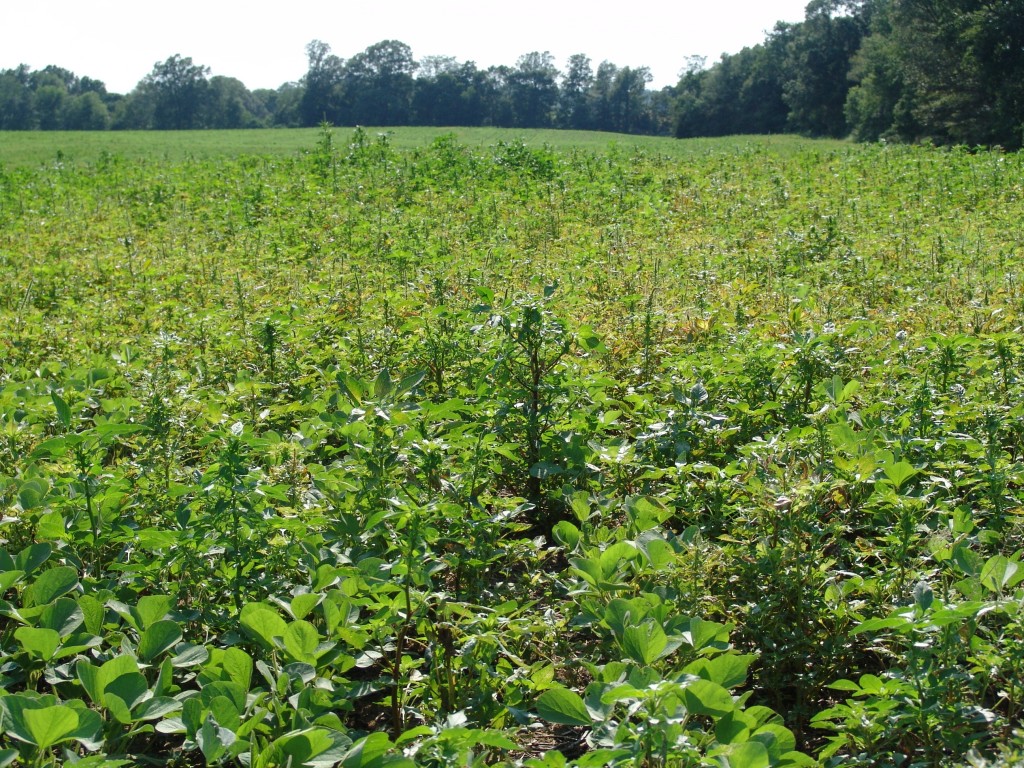
It is apparent from numerous calls that many growers this spring are planning to cut rates on PRE-applied herbicides in soybean and cotton. I can understand the mindset with the depressed commodity prices, however I fear it may be the catalyst for Palmer amaranth history to repeat itself. Continue reading
Glyphosate-Resistant Johnsongrass Management
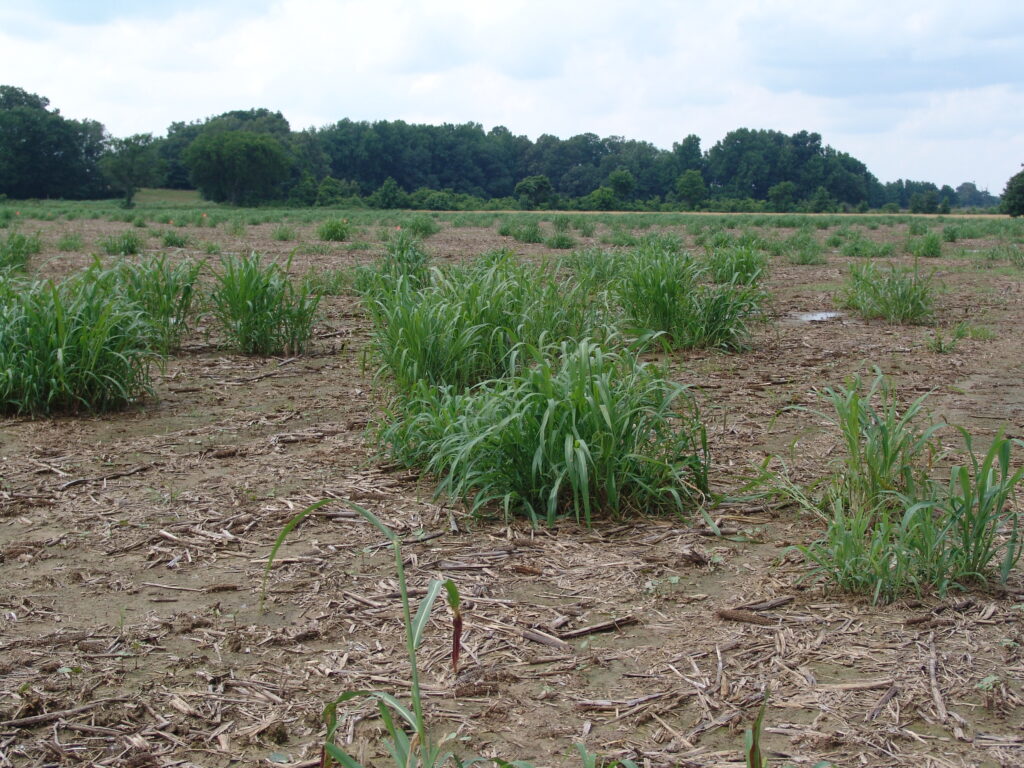
Large patches of Johnsongrass that have gotten through glyphosate burndown are now very prevalent in many fields. This is particularly noticeable in several southeastern counties of West Tennessee where some of the Johnsongrass has shaken off burndown and now is almost waist high in some cases. The main threat with Johnsongrass is in corn where there are few POST applied options. Continue reading
Ryegrass Weed Control in April
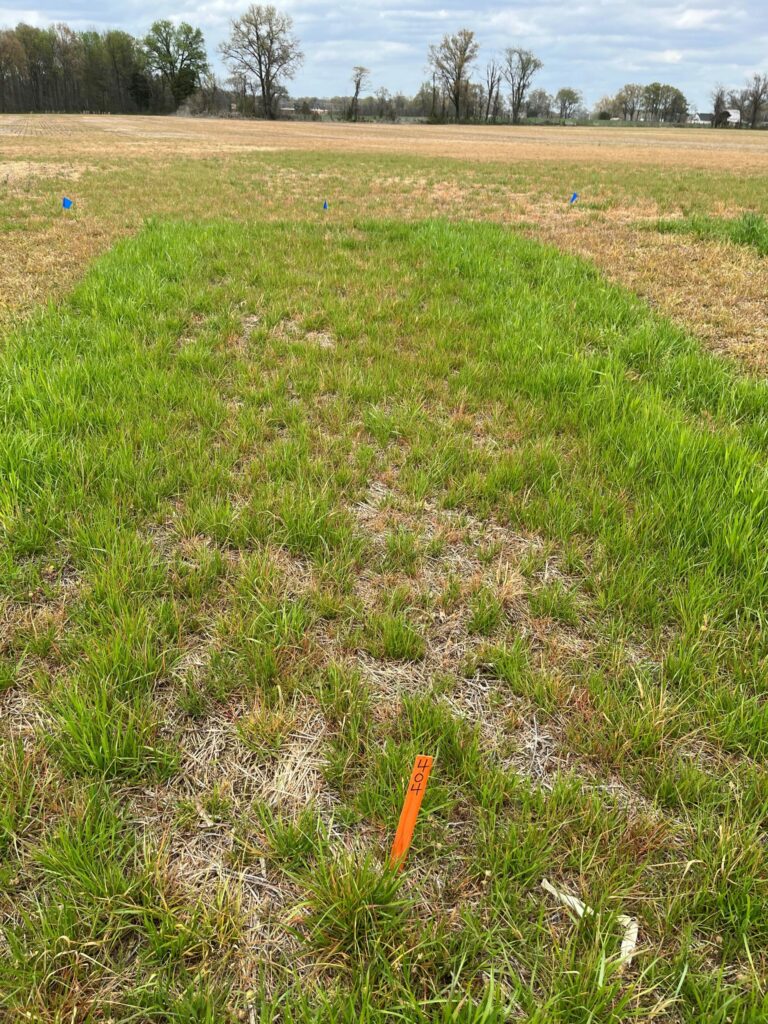
A good many reports from the field reflect what our research this spring has shown. In short, clethodim is the herbicide of choice to control ryegrass. Often clethodim tankmixed with glyphosate can improve the probability of better overall control. Ryegrass control with glyphosate alone is much more hit and miss both in our research and in many fields this year (Picture 1). Continue reading
Going Back to “Old School” Burndown
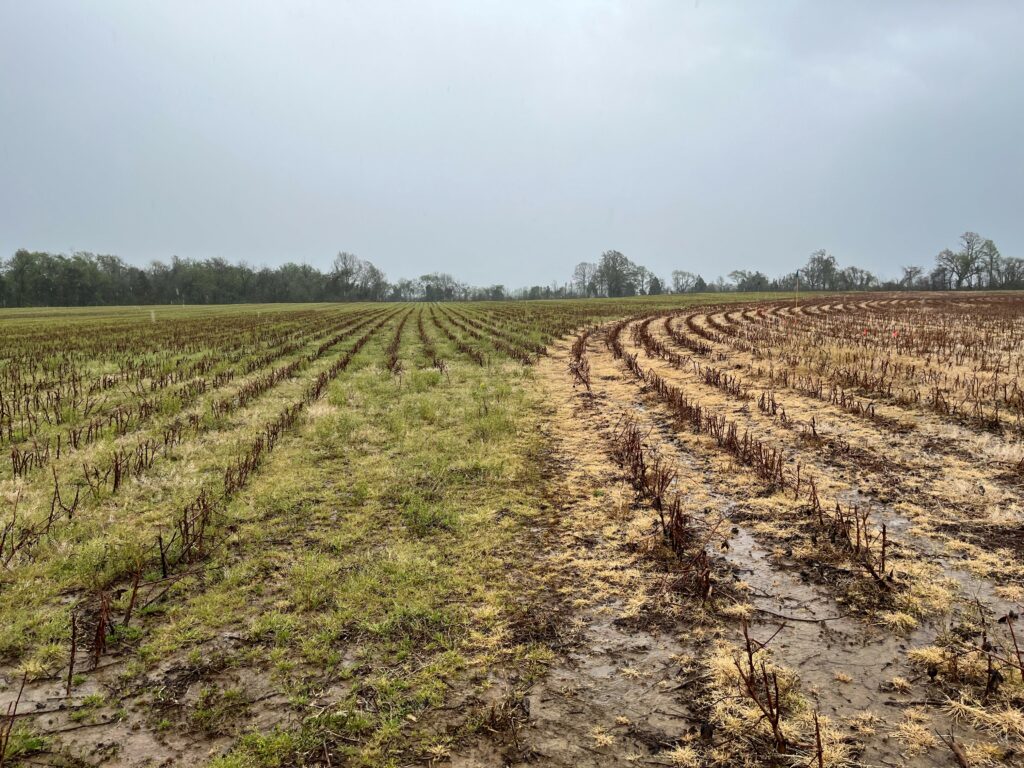
Last spring a good many folks went back “old school” and applied glyphosate alone for burndown and saw very good results. This includes applications made when nighttime temperatures were below freezing (Picture 1).
Continue reading
Ryegrass Burndown
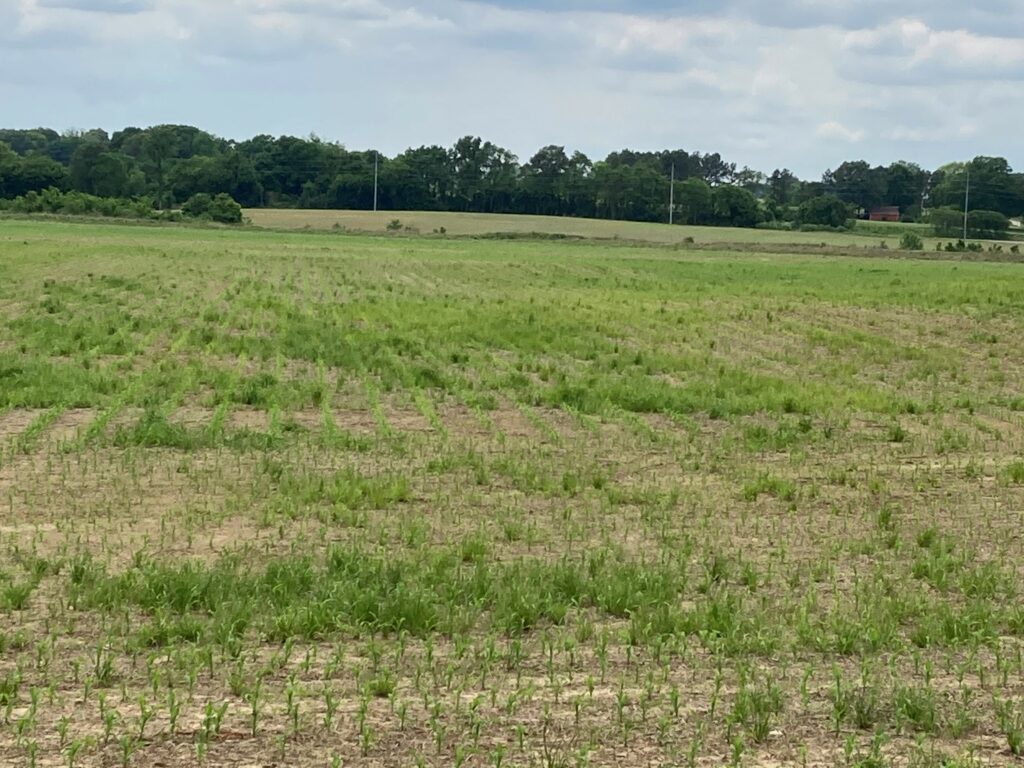
Ryegrass was a major issue last spring. For managing GR ryegrass, it is best to do it as early as practical and utilize a clethodim + glyphosate tankmix. This tankmix needs to be applied at least 30 days ahead of corn planting to use a clethodim rate that has any chance of controlling well established ryegrass. Continue reading
Lily Weed Family Burndown
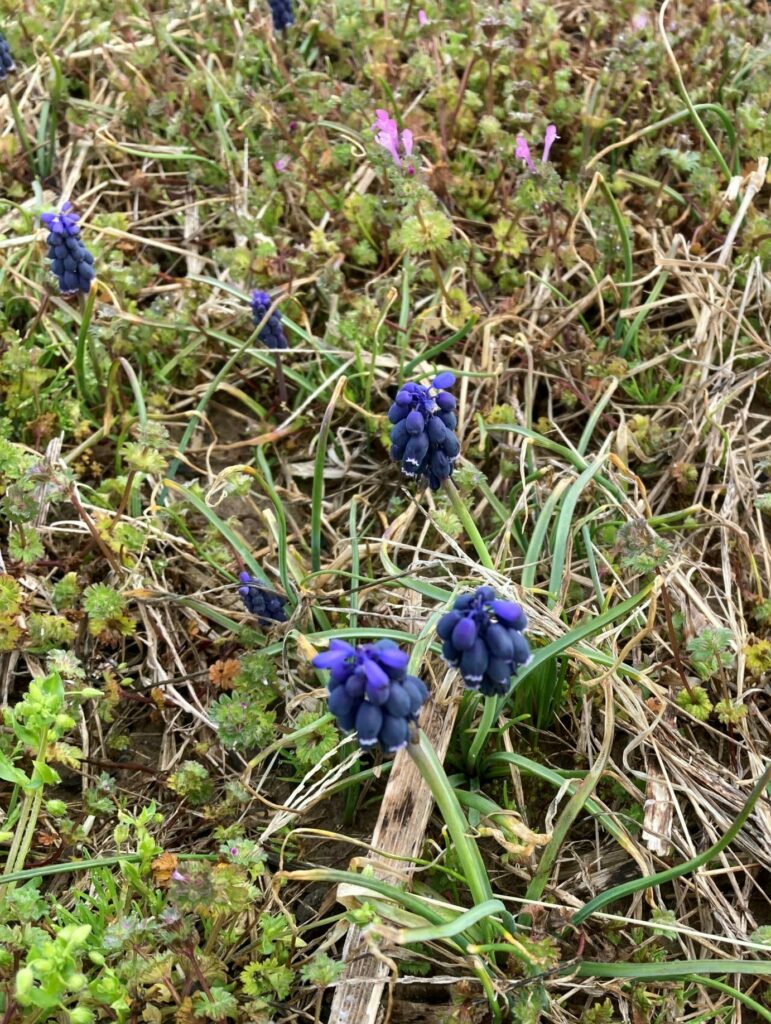
There have been questions on control of wild garlic, grape hyacinth and in a few cases, star-of-Bethlehem. These three weeds, in the Lily family, are often mistaken for each other as they all derive from bulbs and are low-growing perennials. Continue reading
Multiple-Herbicide Resistant Waterhemp in Tennessee
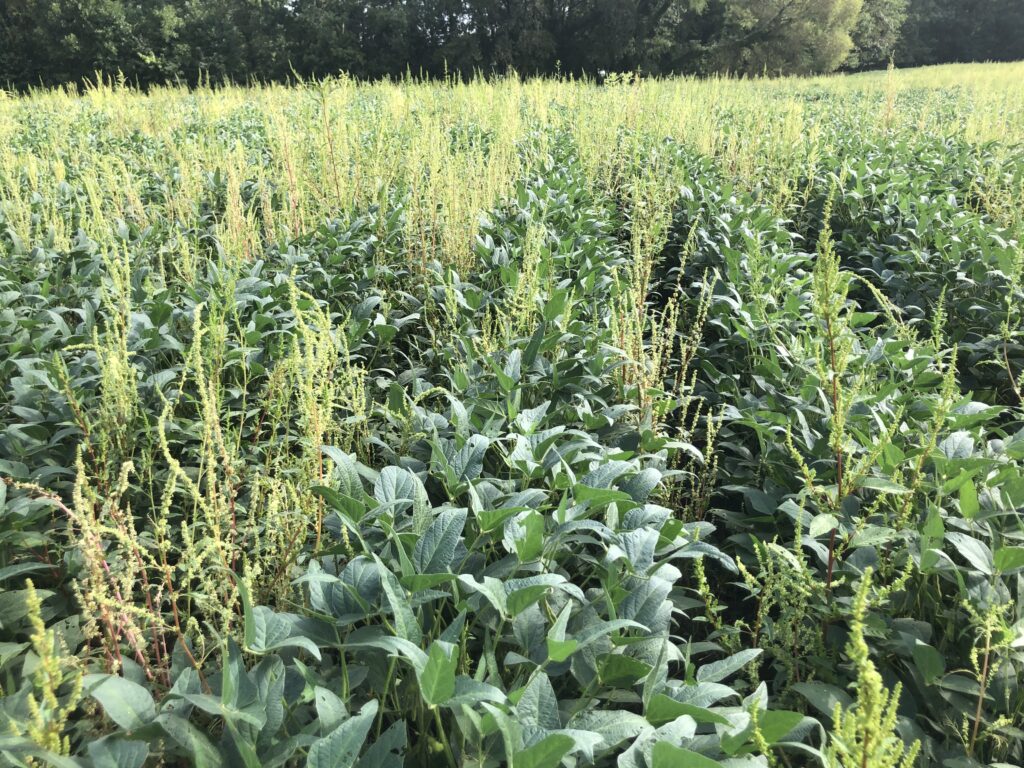
Last year we reported on waterhemp in Montgomery and Macon counties that was resistant to dicamba. We came to this conclusion from both research we conducted in the fields and the confirmation of those results by greenhouse research. The greenhouse research was conducted at Purdue University by my colleague Dr. Bill Johnson and his graduate student Claudia Bland. Continue reading

